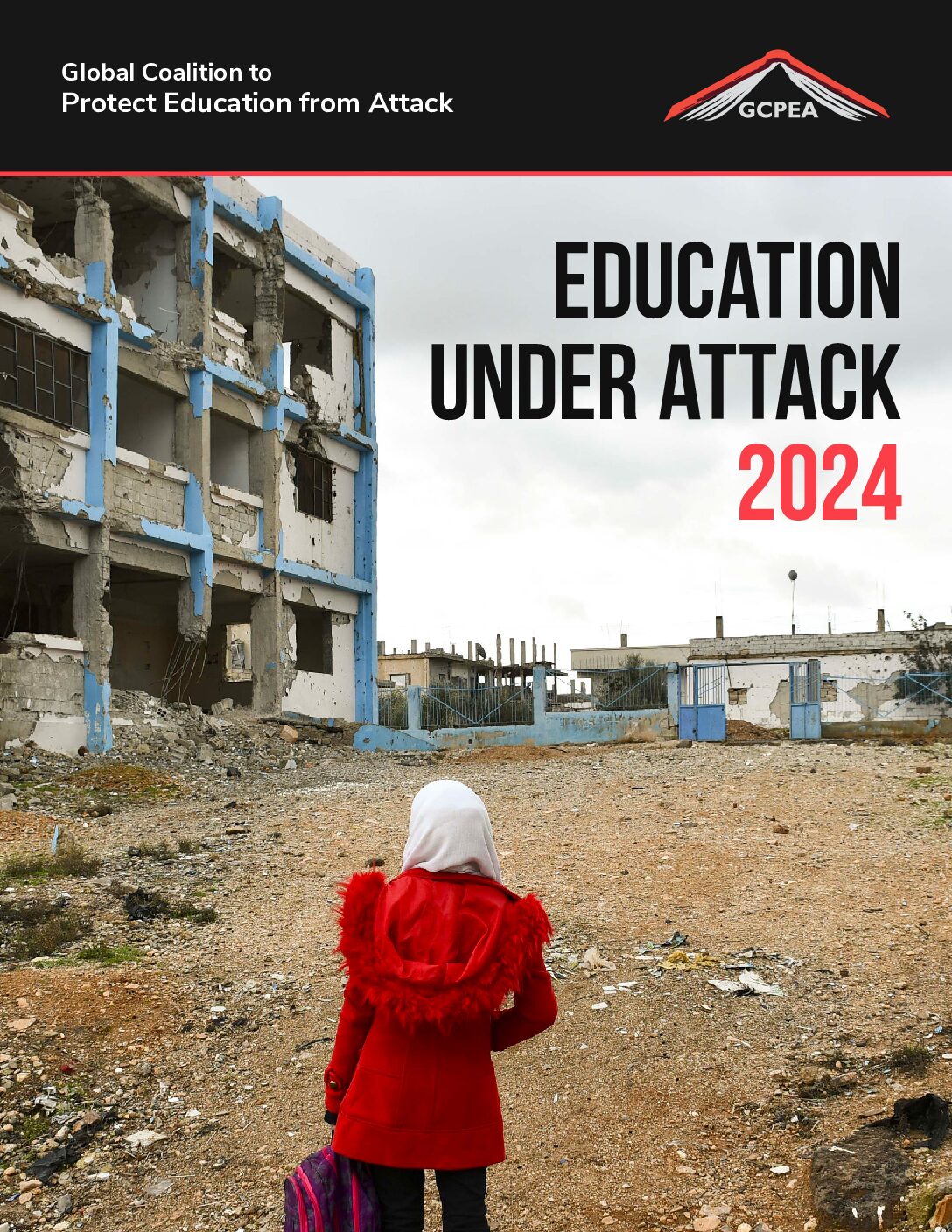GCPEA News
All Schools Should Be Safe Havens Like Mine
Huffington Post, May 23, 2017
By Micah Chabowski, Intern at Human Rights Watch
With June almost here, I’m looking forward to the end of the school year and graduating from high school. I’ll miss my friends and teachers, but I’m happy to have a break before I start at a college. For many students around the world, however, the school year never began.
For the past semester, I’ve been interning at Human Rights Watch, researching attacks on students, teachers, and schools. I’ve seen that around the globe students are unable to safely go to school because militaries and armed groups deploy in their schools and universities and use them for protection during fighting. One example I’ve learned about is the conflict in the Central African Republic. The opposing Seleka and anti-Balaka armed groups, which have been fighting since 2013, often use schools and the surrounding areas as barracks and training grounds. They loot school supplies and use desks as firewood. Armed forces have beaten teachers for attempting to stop them from destroying school property.
Parents in many towns are afraid to send their children to schools that soldiers have occupied or surrounded. An 11-year-old girl told Human Rights Watch that the presence of Seleka fighters around her school had already kept her out of school for three years. She wanted to be a teacher, but instead of studying she was working in the fields. In other countries, like Syria and India, opposing forces have attacked schools where troops have taken up residence.
As a senior in an American high school, I couldn’t help imagining what my school would have been like if occupied by soldiers. My school feels comfortable and safe, and because of this I’ve been able to get to know my teachers well. This has enriched my education in so many ways. My science teacher knew I was interested in growing fruit hydroponically so she helped me set up and carry out an independent research project around growing strawberries in a hydroponic system. I’ve seen my teachers skip their lunch breaks to have in-depth conversations with their students about what they were learning. I can’t imagine forming these bonds with the insecurity and stress that armed soldiers would bring to my school, and that’s assuming I could still be able to go to school in the first place. In the fall, I plan to go to Earlham College and study physics, but this would have never been possible without all the opportunities and positive experiences I had in high school.
Fortunately, countries are increasingly making commitments to ensure that schools are safe by restricting their own militaries’ use of schools. Sixty-four countries have signed an international political commitment created two years ago called the Safe Schools Declaration in which they promise to do just that. However, more countries need to join them. I hope that when the next school year starts, more students, including those in war zones, will feel safe and able to learn at school.




